Pawscessories is reader-supported. When you buy via links on our site, we may earn an affiliate commission at no cost to you.
Learn more.
Cane Corsos come in a variety of colors, from classic black to the less common formentino. While all Cane Corsos are beautiful, some coat types are rarer than others. In this blog post, we will take a look at the most common and rare Cane Corso colors, explaining what makes each one unique.
We will also answer some of the most commonly asked questions about these big dogs’ coats. So, if you’re interested in learning more about this amazing breed, keep reading!
Table of Contents
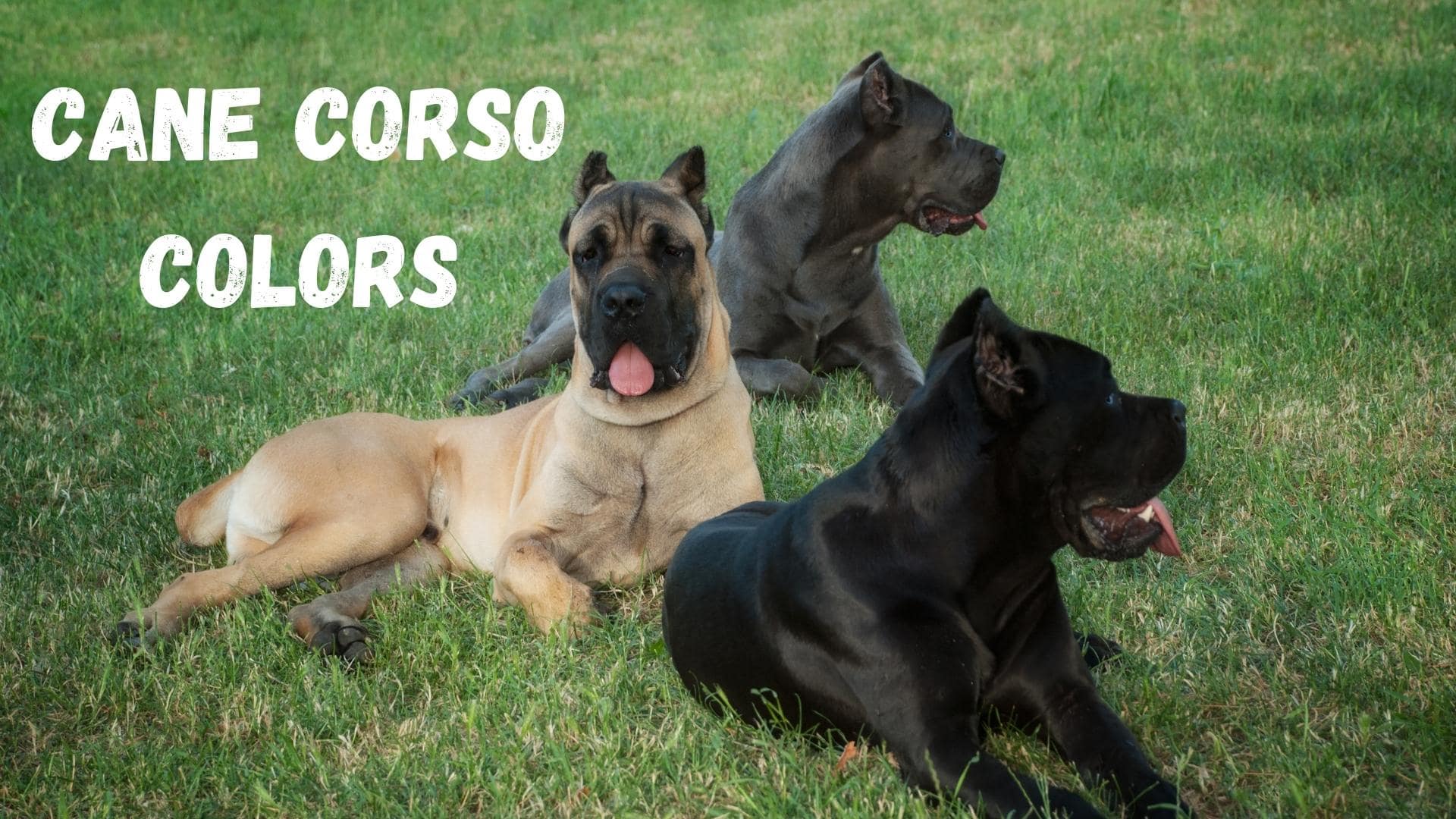
All The Different Cane Corso Colors
Fawn
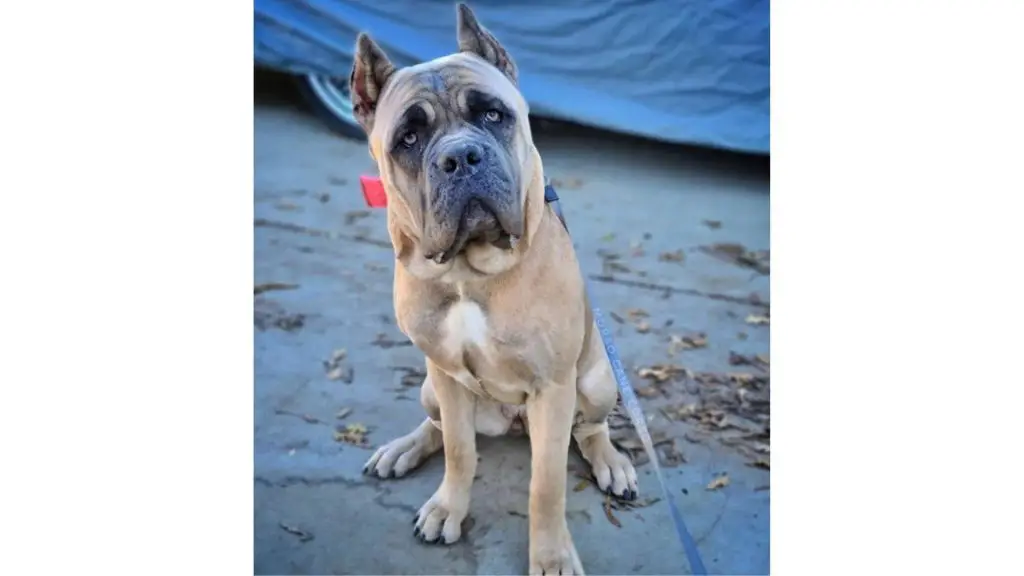
The fawn coat color is one of this breed’s most distinct coat types. A fawn Cane Corso has a light brown color, similar to that of a deer. Depending on the individual dog, it can range from pale cream to rich golden brown and may be lighter or darker.
While fawn is not as common as black or brindle, it is a recognized color for the breed. Cane Corsos with a fawn coat typically have black masks and dark eyes, which contrast sharply with their light-colored fur. Some may also have black “socks” on their feet and legs. Like all cane corsos, fawn-coated dogs are muscular and powerful, with large heads and square jaws.
Black
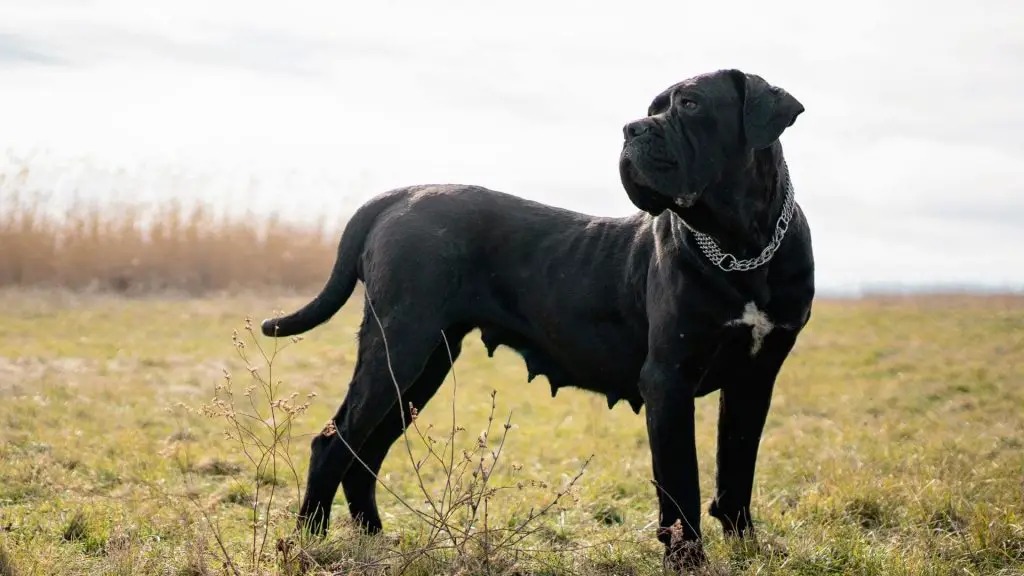
The black coat color is one of the most common among Cane Corsos. Black coats can range from light gray to deep, rich ebony. Most black-coated Cane Corsos have black masks, but some may have brown or fawn masks instead.
Black-coated Cane Corsos are often very striking dogs. Their dark fur is sometimes offset by bright eyes, which can be any color.
Gray
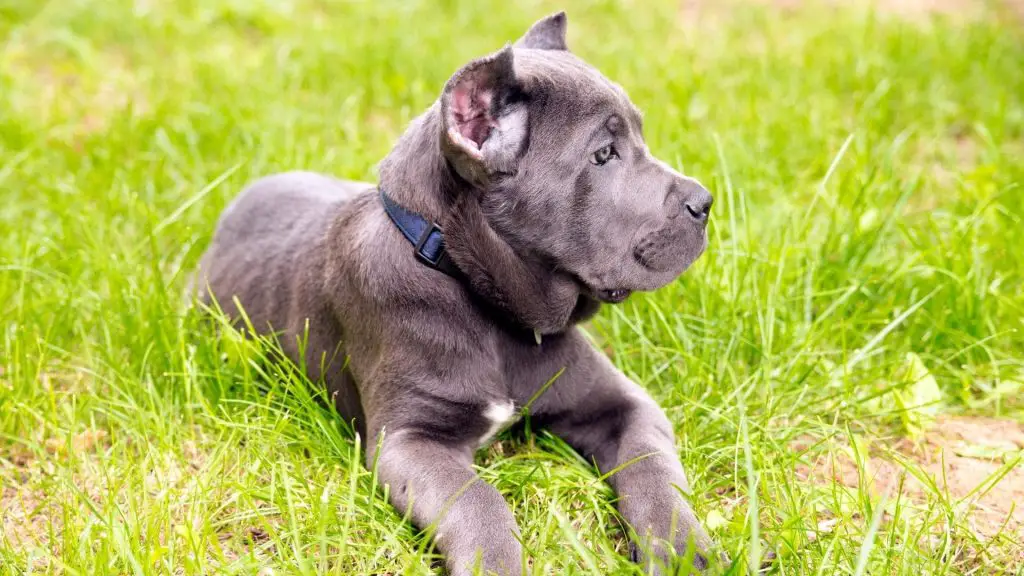
The gray coat color for Cane Corsos is a dilute form of the black coat color. The gene that produces black is partially responsible for this color. Gray can vary in shade from light silver to dark charcoal.
Some dogs may have a brindle pattern on their gray coats. This coat color is common in many breeds, but it is especially striking on a large dog like the Cane Corso.
In order to get a gray coat, both parents must carry the gene for gray. This coat color is not as common as black or fawn, but it is still recognized by most kennel clubs.
Gray-coated Corsos are often mistaken for blue as they look quite similar.
Brindle

Brindle is a coat color that is created by striping of the hair. The base color can be black, gray, or chestnut (a red or brown color). Brindle Cane Corsos are very common, and this coat pattern is often considered to be one of the most distinct and recognizable features of the breed.
Brindle coats can vary greatly in pattern and intensity. Some dogs may have very light striping, while others may have very dark or thick striping. This coat color is often described as being tiger-striped and is considered by many to be one of the best coat types for Cane Corsos.
While brindle is one of the more common Cane Corso colors, it is also one of the most sought-after. Many people love the unique look of a brindle-coated dog, and these dogs often have high prices.
Chocolate/Liver
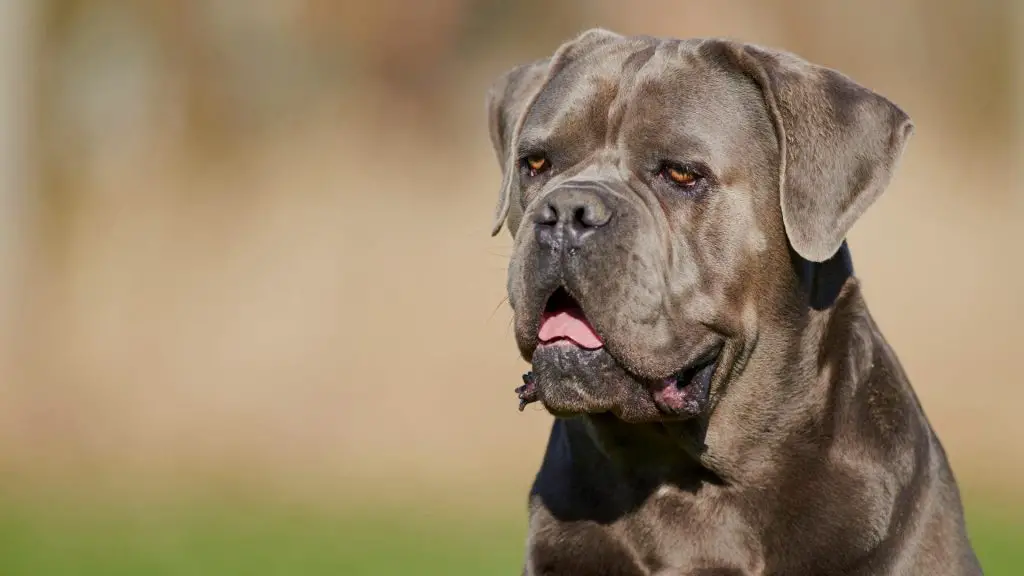
The chocolate or liver coat color in cane corsos is a recessive gene. This means that at least one parent must be liver or chocolate colored in order for a puppy to be born with this coat.
Their coat may appear rusty red, brown, or tan in color and is often lighter around the muzzle and throat. Chocolate or liver colored dogs may also have amber or green eyes.
This coat color is relatively rare in the breed and is often mistaken for black. Puppies with this coat color are often born with a black mask, which usually fades as they mature.
The chocolate or liver coat color is often preferred by those looking for a more unique hue in their dog. However, note that this coat color may require more care than other colors, as it is susceptible to staining and fading in sunlight.
Isabella
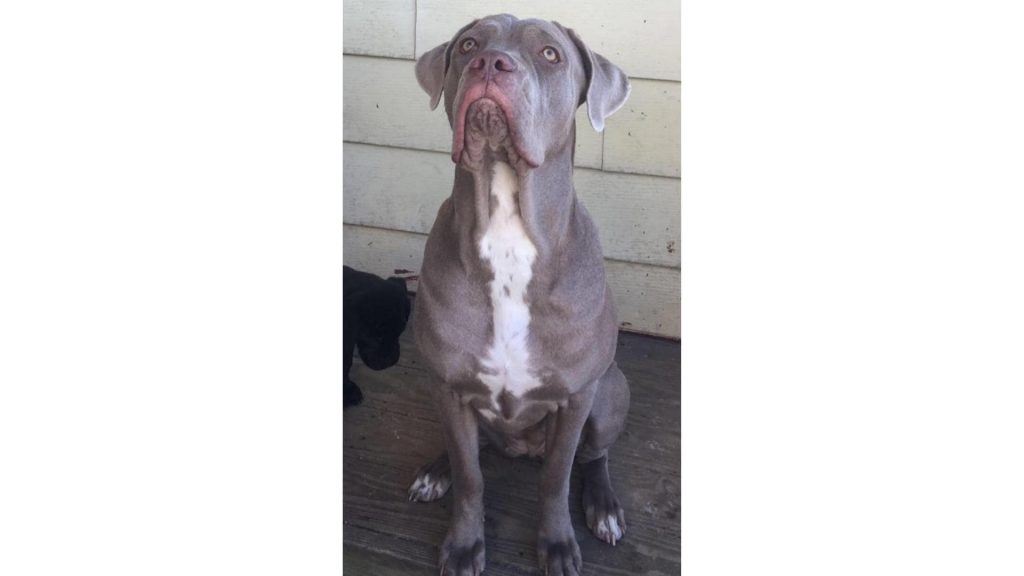
Isabella is a very rare color in the Cane Corso breed. It is caused by a recessive gene, meaning that both parents must carry the gene for a puppy to be born with this coat color.
Isabella Cane Corsos are often mistaken for fawn-colored dogs. However, their coat is typically a light beige or ivory color, with no red or brown tones. In addition, these dogs often have blue or gray eyes.
Isabella is one of the rarest Cane Corso colors, and puppies with this coat color are often very expensive. They are also quite striking dogs, and many people find them to be very beautiful.
While the Isabella color is very rare, it is important to note that it is also associated with a number of health problems. For example, dogs with this coat color are often deaf or blind and are also more prone to skin problems. For these reasons, many breeders will not sell Isabella Cane Corsos.
Formentino
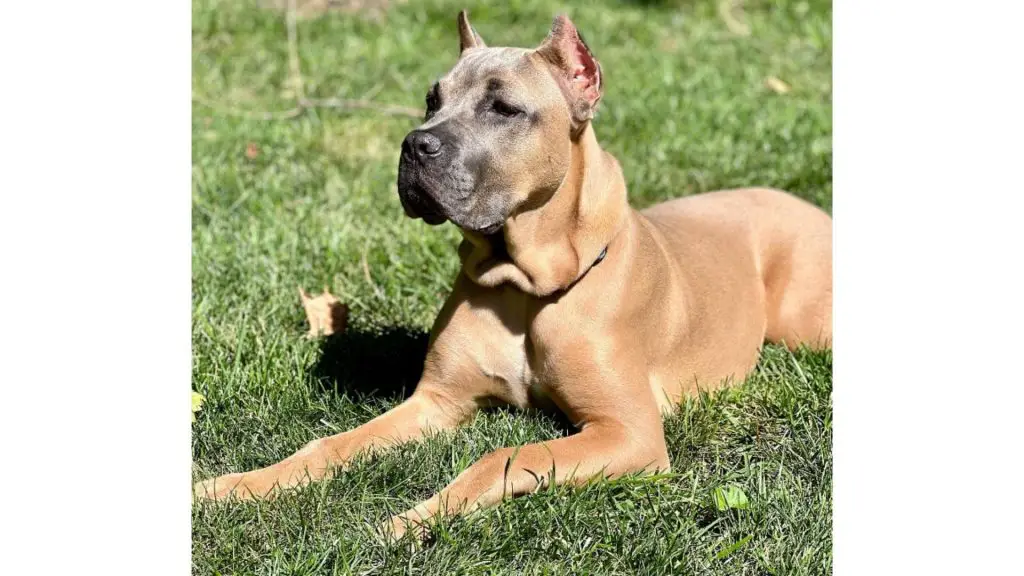
The formentino coat color is caused by a genetic mutation. It is a dilute form of the fawn coat color, which means that it is a lighter version of the fawn coat type.
It’s also known as blue fawn and is one of the most striking and unique colors in the Cane Corso breed. Formentino dogs often have a silver-blue tint to their coat and may also have blue or gray eyes.
This coat color is relatively rare, but it is becoming more common as people learn about it and start to seek it out.
Red

Red Cane Corsos are often mistaken for fawn-colored dogs. However, their coat is typically a deep red color, with no brown or black tones. They also have black or dark brown masks, which is why they’re often thought to be fawn.
Corsos get their red color by carrying two copies of the recessive red gene. This means that both parents must carry the gene in order for a puppy to be born with this coat color.
Red Cane Corsos are relatively rare, and they are often more expensive.
Straw
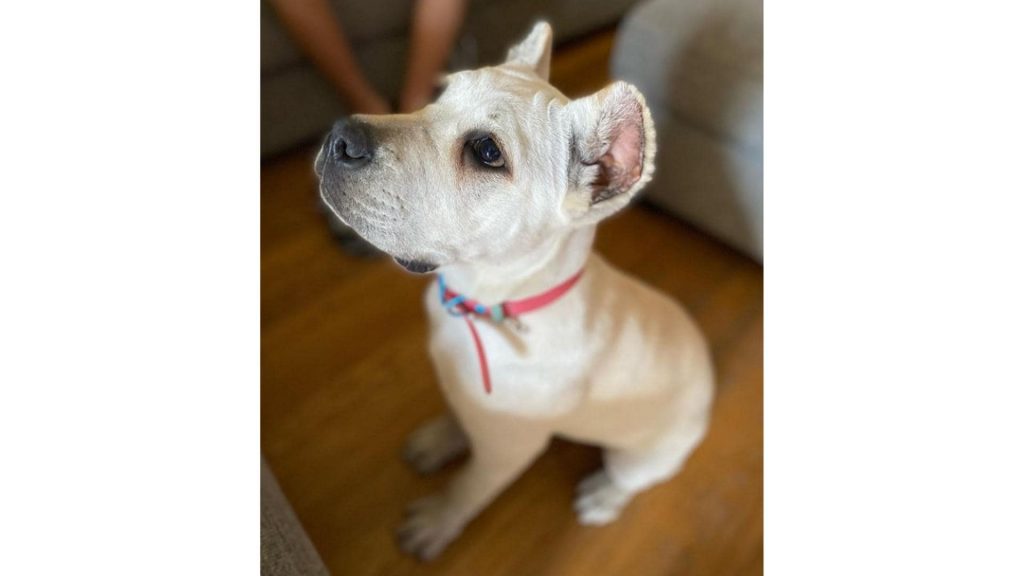
The straw coat color is a light cream or a diluted gold color, with darker markings on the face, ears, and tail.
Which Cane Corso Colors Are Rare?
The most rare colors are Isabella, Formentino, and Red. These colors are often more expensive and may also be associated with health problems. For example, the Isabella color is associated with deafness and blindness, while the Formentino color is associated with skin problems. Red Cane Corsos are also more prone to health problems.
While these colors are considered rare, they are becoming more common as people learn about them and seek them out. Isabella Cane Corsos, in particular, are quite striking dogs, and many people are interested in having their dog in this coat color.
If you are looking for a rare color Cane Corso, be prepared to pay a higher price and to deal with potential health problems.
Is a Cane Corso’s Lifespan Affected By Their Coat Color?
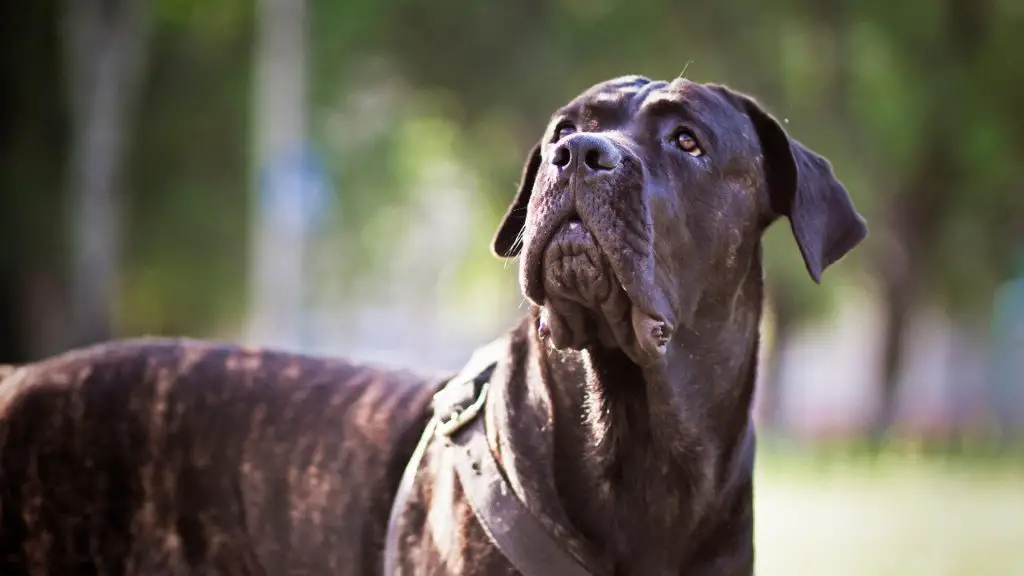
Interestingly, studies have shown that the coat color of a Cane Corso does impact their lifespan. For example, black Cane Corsos tend to have the shortest lifespan, while dogs with brindle coats appear to live the longest on average.
The reason for this difference is not entirely clear, but it is believed that black Cane Corsos are more susceptible to health problems. Brindle dogs, on the other hand, tend to be healthier overall.
Of course, this is just a general trend, and there are always exceptions. A dog’s individual lifestyle will typically have a more significant impact on their lifespan than their coat color.
When it comes to more exotic coat colors, this is where more serious health issues start to show up. Unfortunately, many unique coat types of unethically bred because of the associated price tag that comes with a more unique coat color.
Some health conditions that show up in more unique coat colors are deafness, blindness, and skin problems. For this reason, it is important to only purchase a Cane Corso from a reputable breeder who has health clearances for their dogs.
While a Cane Corso’s coat color does not guarantee their health, it is important to be aware of the potential health problems associated with more exotic colors.
Cane Corsos as a breed generally have a lifespan of around 8-12 years.
How To Help a Cane Corso Live As Long As Possible?
The best way to help a Cane Corso live as long as possible is to give them the best possible care. This means feeding them a high-quality diet, providing them with regular exercise, and taking them to the vet for regular checkups.
It is also important to be aware of the potential health problems associated with their coat color. For example, if you have a black Cane Corso, you should be mindful of the more common health conditions in this coat color.
If you take good care of your Cane Corso and watch out for potential health problems, you can help them live a long and happy life.
What Causes Different Cane Corso Colors?
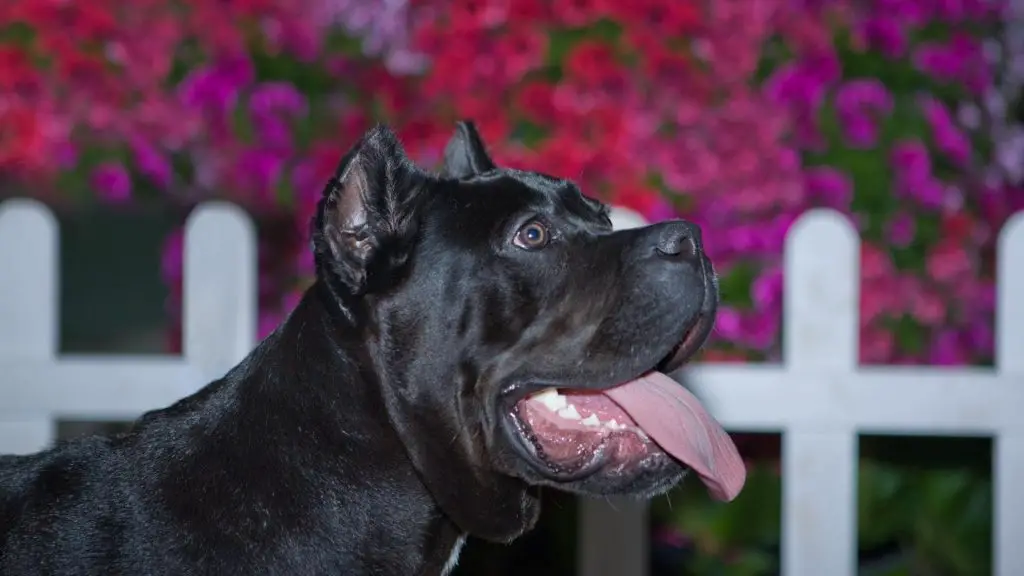
The coat color of a Cane Corso is determined by their genes. Each parent will pass down two genes to their puppy, one for each coat color.
If both parents have the same coat color, then all of the puppies are likely also to have that coat color. However, if the parents have different coat colors, then the puppies will have a mix of both colors.
There are many different possible coat color combinations, which is why there are so many different Cane Corso colors.
Some of the most common coat color combinations are black, brindle, gray, and fawn. These coat color combinations can produce some stunning coat colors.
Does a Cane Corso’s Coat Change Color As They Age?
Yes, a Cane Corso’s coat can change color as they age. This is most common in fawn Cane Corsos, whose coat color can lighten as they get older.
Black Cane Corsos may also start to show some gray hairs as they age. However, this is not as common as it is in other breeds of dogs.
In terms of their coat color completely changing to something different as they get older, this does not happen. A Cane Corso’s coat color is determined by their genes and will not change throughout their lifetime.
Blue Cane Corsos: Myth Or Real?
You may have heard of blue Cane Corsos before, but are they real? The answer is yes and no.
According to a few different organizations, there is no such thing as a blue Cane Corso, but there is a gray Cane Corso. And gray Cane Corsos are sometimes mistakenly called blue.
Organizations like the AKC only recognize black, brindle, gray, red, and fawn as official Cane Corso colors.
In reality, it’s just a naming difference. It’s not that blue Cane Corsos don’t exist; it’s just they’re recognized as gray in their breed standard.
Can Cane Corsos Be Pure White?
No, Cane Corsos cannot be pure white. The only time you will see a completely white Cane Corso is if they have albinism, which is a rare genetic condition.
Albino Cane Corsos have no pigment in their skin or coat, which makes them very susceptible to sunburn and skin cancer. For this reason, it is not recommended to breed albino Cane Corsos.
If you are looking for a white Cane Corso, your best bet is to find one that has a very light fawn coat.
Which Cane Corso Coat Colors Are Accepted By AKC?
The American Kennel Club (AKC) only recognizes 5 Cane Corso coat colors: black, brindle (chestnut, black or gray brindle), gray, red, and fawn.
This means that if you want to show your Cane Corso in AKC competitions, they must have one of these coat colors.
However, this does not mean that other Cane Corso coat colors are not valid. It just means that the AKC does not recognize them.
Does a Cane Corso’s Coat Color Affect Their Price?
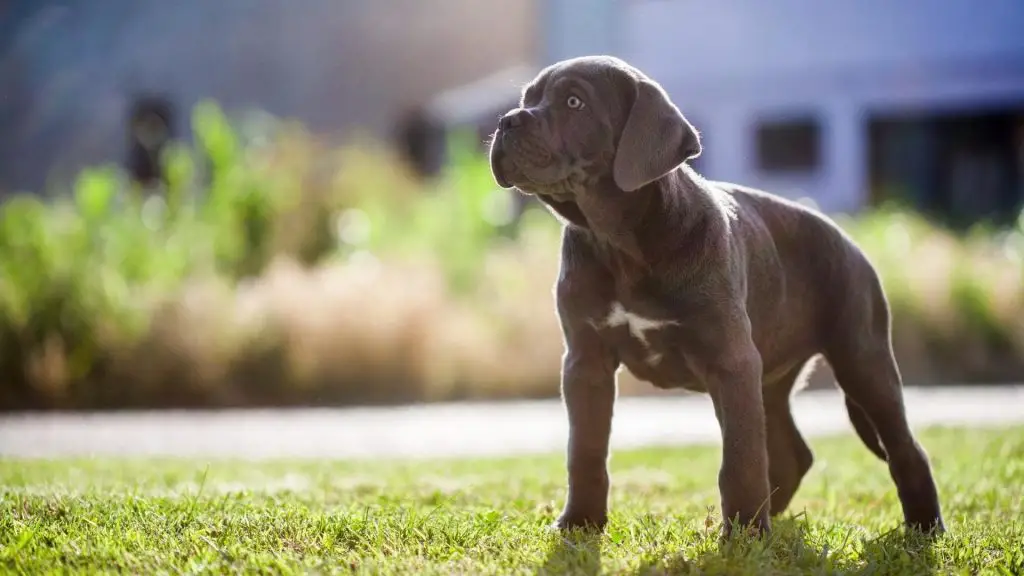
Yes, a Cane Corso’s coat color can affect their price. The most expensive Cane Corsos are usually those with rare coat colors, like Isabella or Formentino.
Cane Corsos with more common coat colors, like black or fawn, are usually less expensive. However, this is not always the case.
Just like anything else, their price is determined by supply and demand. Rarer coat colors are more sought-after and are more limited in supply, increasing their price.
Vice versa for more common coat types.
The price of a Cane Corso also depends on their breeder, bloodline, and whether they are show quality.
Where Can You Buy A Cane Corso?
When looking for a Cane Corso of any coat type, always make sure you purchase from a reputable breeder that can produce healthy litters.
There are many things to look for when choosing a reputable breeder, such as:
- The breeder should have a good reputation and be able to provide references.
- The puppies should be healthy and well-cared for.
- The puppies should be socialized from a young age.
- The puppies should be up to date on their vaccinations.
- The puppies should come with a health guarantee.
A reputable breeder will also be able to answer any questions you have about the breed and will be more than happy to help you after you take your puppy home.
A couple of popular breeder directories are Greenfield Puppies and Lancaster Puppies.
These sites have Cane Corso breeders from all over the United States, but it’s important to do your research beyond finding a puppy on one of these sites. As previously stated, you’ll want to look for everything we mentioned before committing to a breeder.
Final Thoughts
As you can see, many different Cane Corso coat colors and types exist. And while some are more rare than others, all of them are beautiful in their own way.
Of course, you want to choose a Cane Corso that is the best looking to you but remember, certain coat types do come with a shorter lifespan on average. And at the end of the day, it’s this breed’s temperament and personality that really makes them special.
Always make sure you’re dealing with a reputable breeder, and you’re sure to bring home a happy, healthy Cane Corso.
Other posts you might find interesting:
Cane Corso Rottweiler Mix (AKA The Rotticorso): Breed Info
Cane Corso Neapolitan Mastiff Mix: Complete Breed Guide
How Strong Is The Cane Corso Bite Force PSI & Biting Statistics
